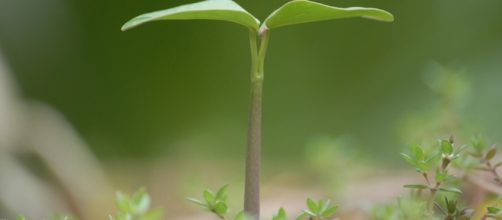Researchers have created a way to make use of ordinary plants as supercapacitors for the first time. In addition, the plant-capacitor they made is not just a weak capacitor, but a highly efficient one that could be charged and discharged hundreds of times.
The research was published in Proceedings of the National Academy of Sciences under the title ''In vivo polymerization and manufacturing of wires and supercapacitors in plants.''
Electric capacitors
Electric capacitors are materials used to store Electric Energy through an electric field, these normal capacitors consist of two or more electrical conductors that are separated by a non-conducting material like plastic or ceramic.
Now, researchers have demonstrated that they made plants behave exactly like capacitors, storing electric energy and able to be charged and discharged.
In order to do so, the researchers fed the plant with a conducting polymer solution, what they found is that the plant absorbed the polymer successfully, and a conducting substance called Hydrogel was formed along the stem of the plant. When they installed an electrode at each end of the plant, and a gate in the middle, then they found that a transistor was fully formed.
One of the researchers has developed the material that the plant absorbs. When the plant absorbs this material, conducting threads form throughout the plant, not only in the stem but also throughout the leaves and petals.
Better than expected
The capacitor that was introduced by these scientists was surprisingly efficient. Anyone would expect that a capacitor made from a rose would be a poor one and would not be very useful practically, but the researchers were able to charge and recharge the rose repeatedly without loss of performance, and the researchers demonstrated that the level of efficiency they reached with the plant is the same as supercapacitors. The 'plant can successfully power an iron-pump and different sensors.
The same researchers have successfully demonstrated before that they can make electronic-plants, but this is even an even more important step that they made by demonstrating that we could use plants as an energy storing device with excellent performance.

